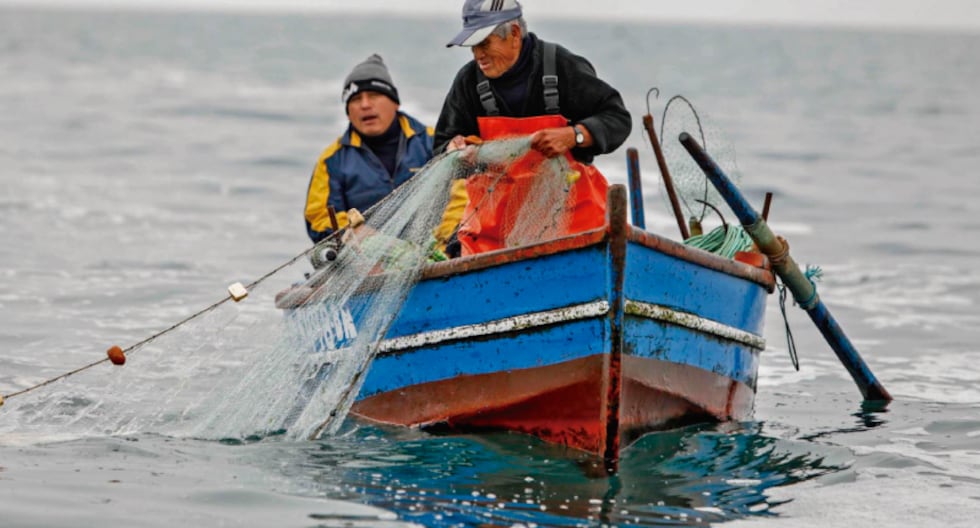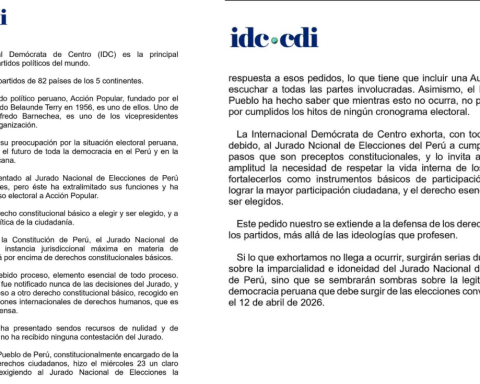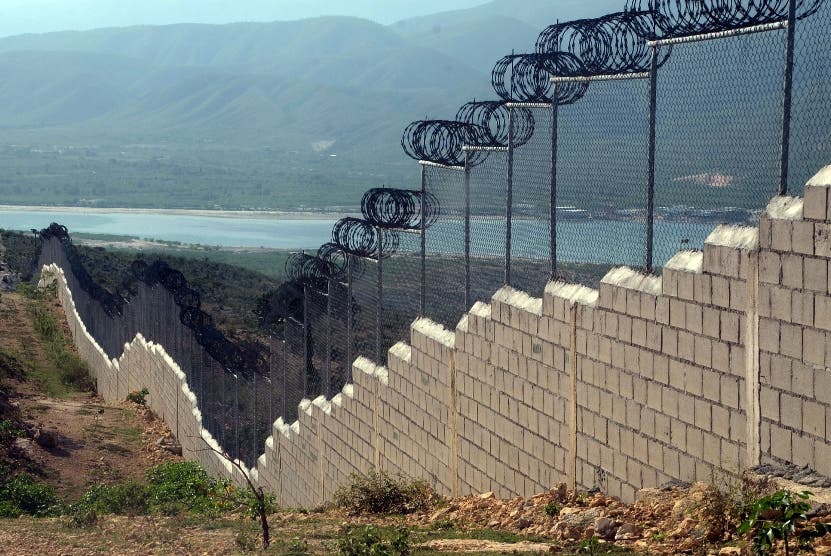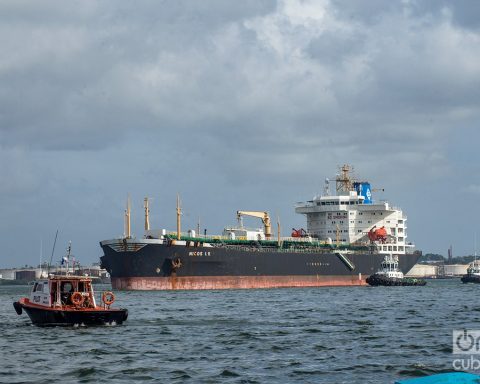Carlos Bayona Fiestas is a small-scale fisherman from La Isilla, in the province of Paita. His day begins at five in the morning when he heads to the beach “La Cabrera”, hoping that the catch will be enough to support his family. However, his work has been affected by the decrease of his main resource: squid. Like him, there are another 22,100 small-scale fishermen in the region, according to the records of the Regional Directorate of Fish Production. Piura (DRP), which are facing the same crisis situation in the fishing sector.
YOU MAY ALSO READ: Lava Jato team requests nine years in prison for former governor of Piura
Lizardo Ayón, former Regional Director of Production in Piura, explains that Piura is one of the most privileged areas of Peru and South America, thanks to the meeting of the Humboldt and Northern currents. However, this natural wealth faces a difficult scenario. During the last seven months, the catch, especially of squid, has decreased by 142,400 tons.
The Ministry of Production (Produce) through a statement published last Thursday assures that the La Niña phenomenon, which cools the sea, has caused the marine resource to disperse to other areas, since autumn 2023, affecting the catch rates of the artisanal fleet.
THE ARTISAN SECTOR
Pedro Silva Minga, a small-scale fisherman, explains that the size of the giant squid has decreased, from 50 to 100 kilos to specimens of just 1 to 3 kilos. The representative adds that Chinese vessels are killing the juvenile resource, so in a short time there will be nothing to extract.
Carlos Bayona Fiestas, general manager of the Jehovah Rey de Reyes Fishing Cooperative, expresses his concern about the situation. The shortage of squid and the pressure from foreign fleets have left fishermen without income. Carlos Bayona indicates that “a fisherman can earn between 100 and 150 soles on a good day’s work, but many times they are unable to bring anything home to their families.”
THE INDUSTRIAL SECTOR
In the region, the fishing industry faces critical challenges. Seafrost, one of the main companies in the sector, is not oblivious to this reality. Baruch Byrne, the operations manager, expressed his concern about the lack of support for the sector: “The State does not see the fishing sector as an engine to boost Peru’s economy.” The decline in the catch of squid, a target resource, has affected the company, which had a daily production of 300 tons. However, so far this year, it has only reached 9,001 tons. Faced with this circumstance, the company has diversified the production of frozen products with other resources such as tuna, hake, shrimp, among other species. Despite the crisis, Seafrost has maintained its payroll of 1,600 workers because it has different work areas.
However, in Paita there are 21 plants that are paralyzed because they only processed squid, as detailed by Lizardo Ayón.
The situation in the sector has united artisanal and industrial fishermen in calling on the State to request the creation of an “adjacent zone” that extends the protection of Peruvian waters up to 250 miles, to safeguard the migration and reproduction of marine resources. In addition, they are asking for the formation of a Ministry of Fisheries that focuses exclusively on their needs.
The Ministry of Production (Produce) indicates that in 2023, squid processing for export and production was 36% higher than in 2022, reaching 621,900 tons, due to the El Niño phenomenon, since when the sea warms, the resource is abundant. Between January and July of last year, squid production was 316,000 tons, while exports during the same period totaled 348,700 tons. In contrast, between January and July of this year only 173,600 tons have been extracted.
(This article was prepared by students from the Faculty of Communication at the University of Piura. The following collaborated: María Pingo Alvarado, in writing; Marco Ruiz Reto and Carlos Sai Yamunaqué, in research; and Dania Castillo Navarro, in infographics).
















